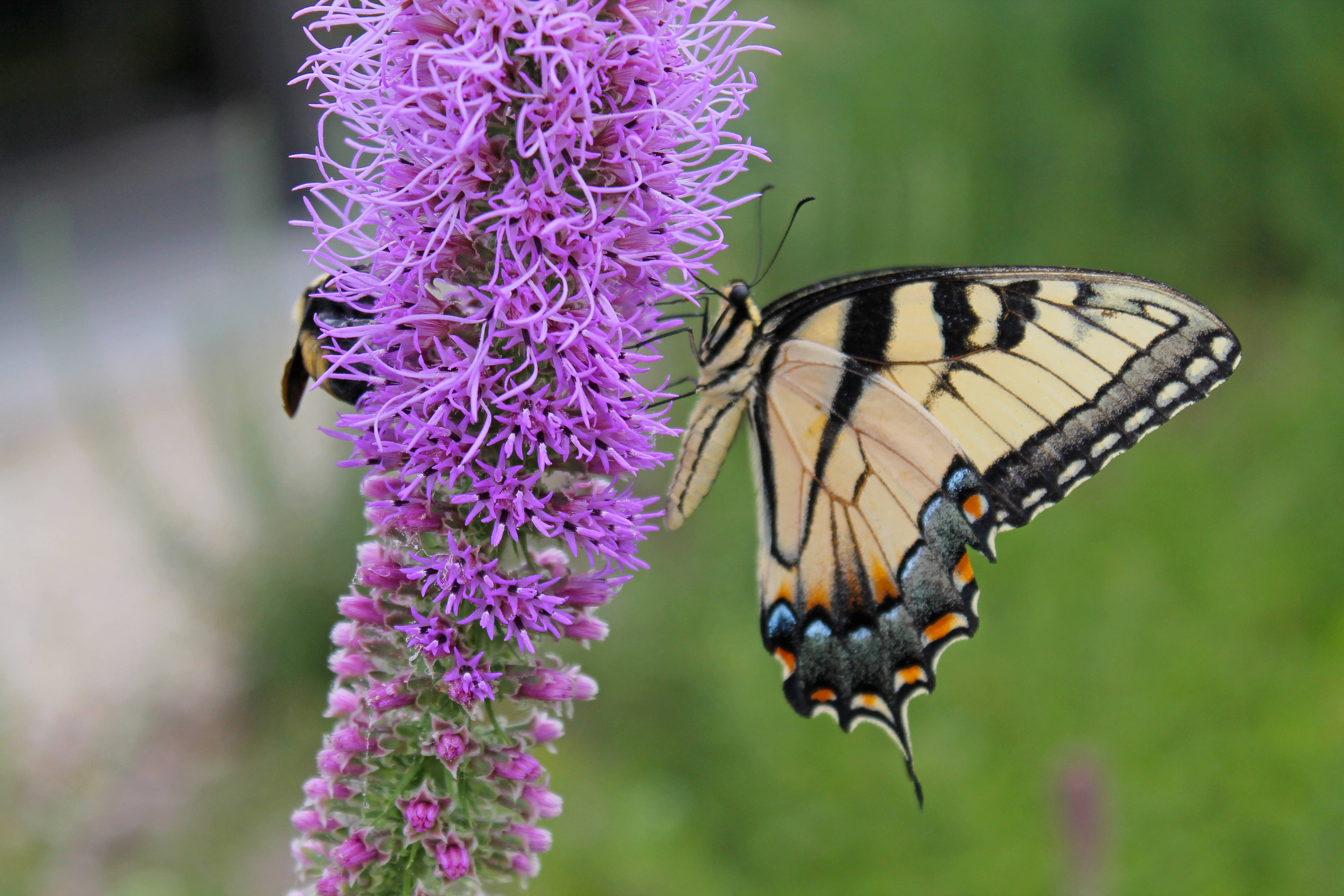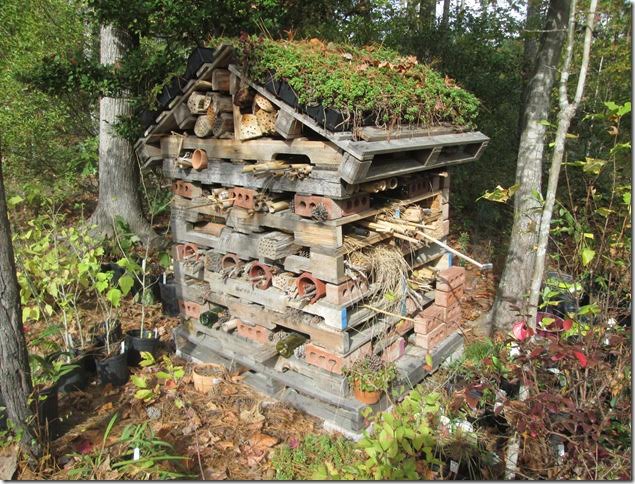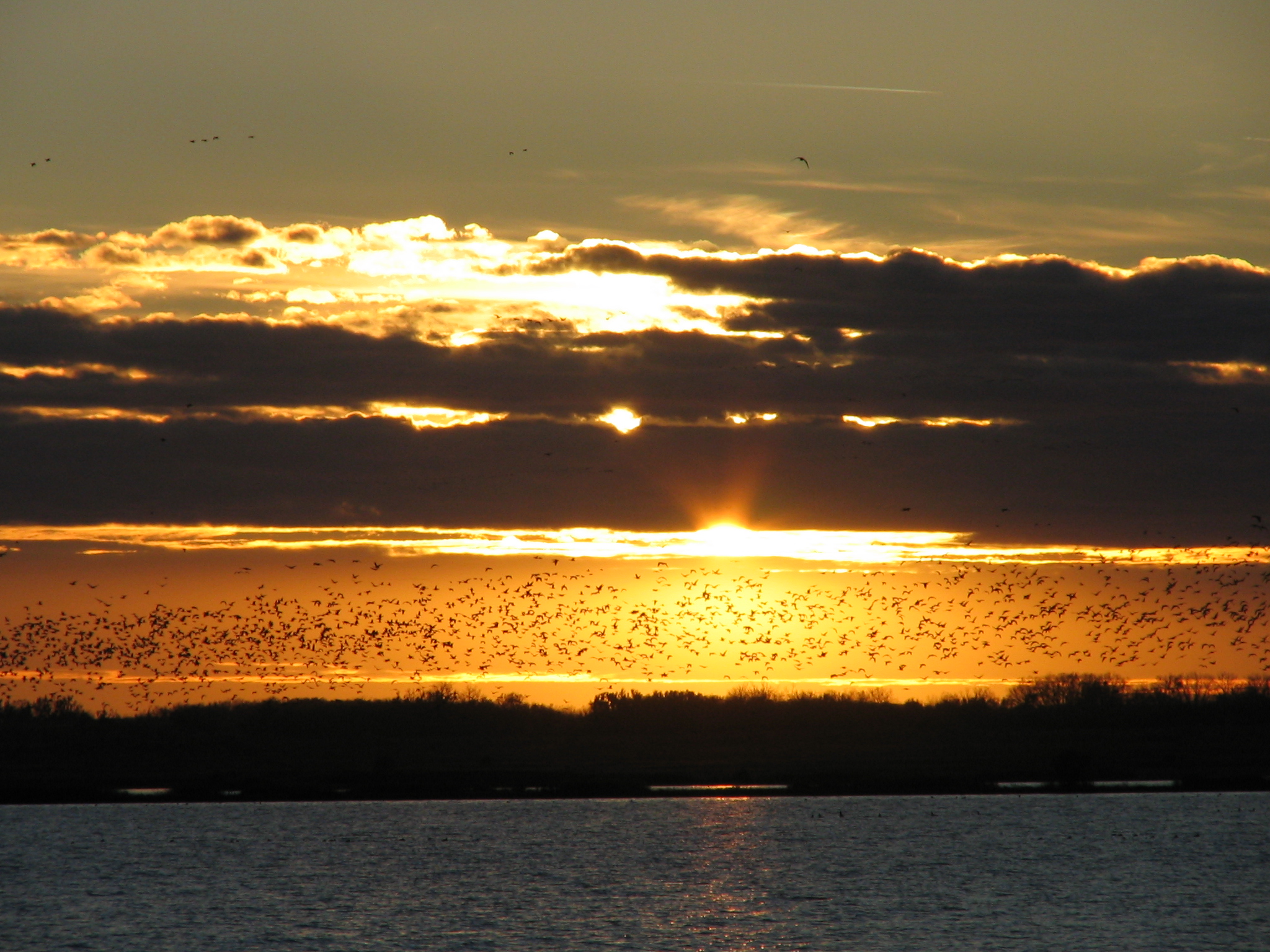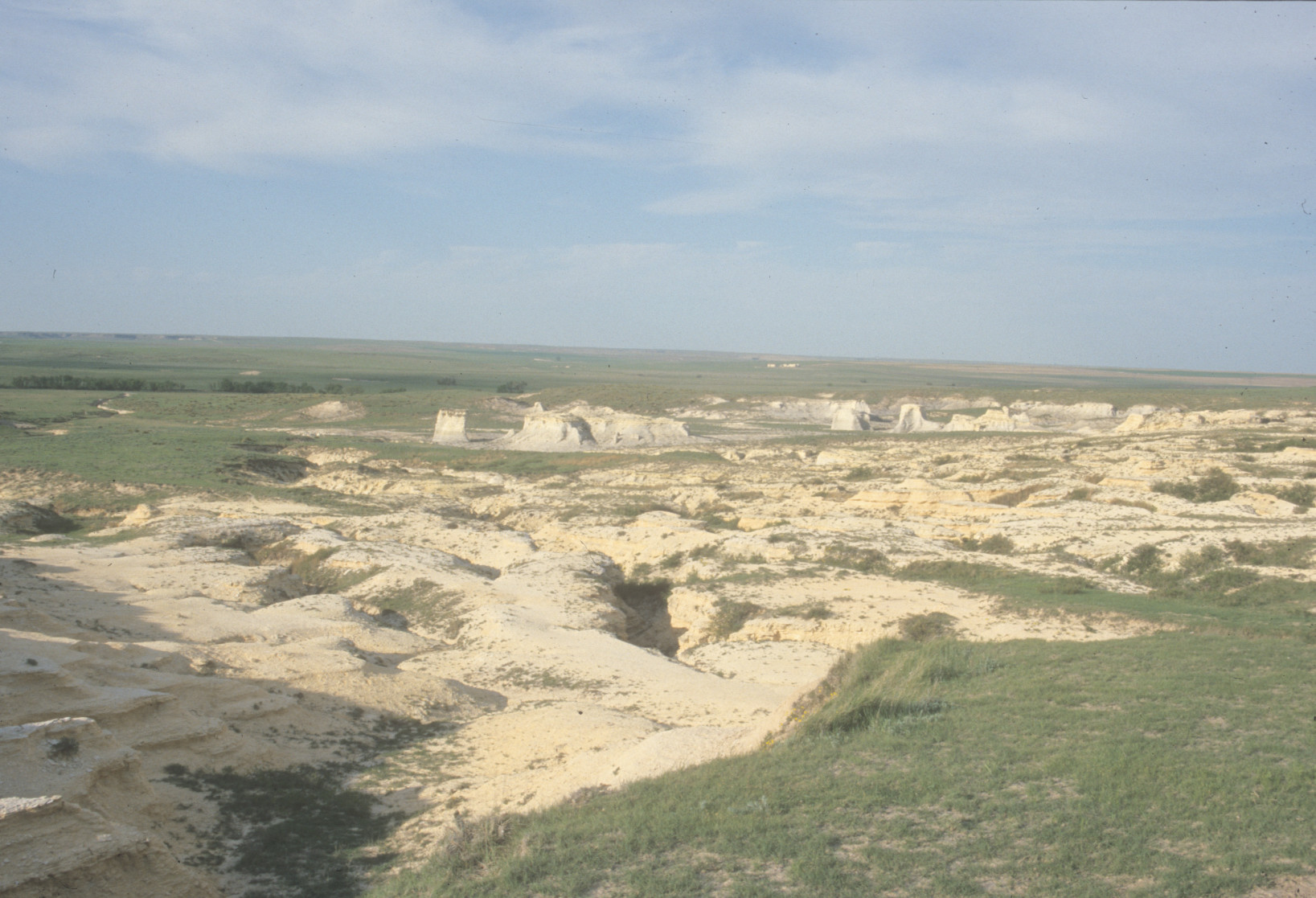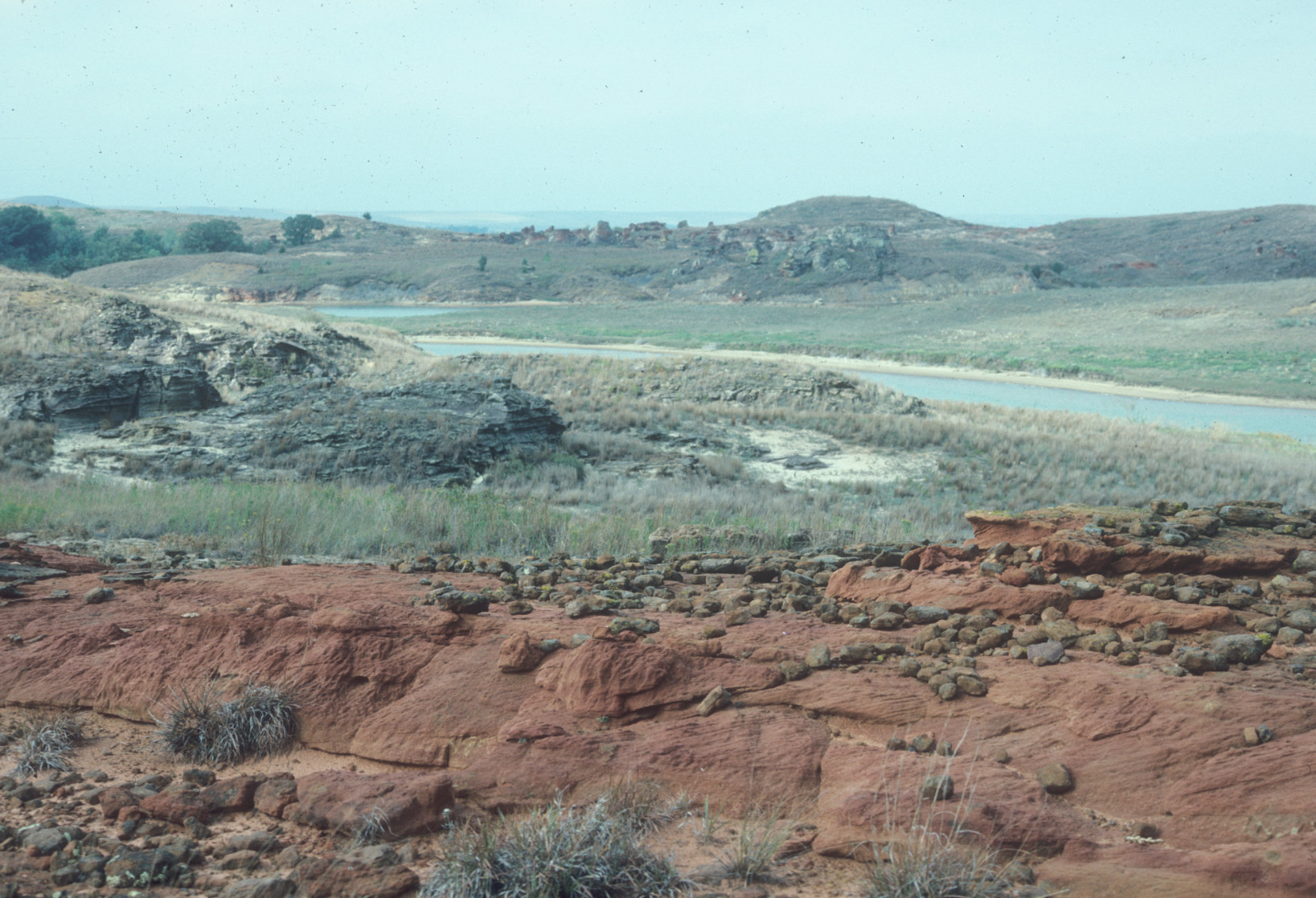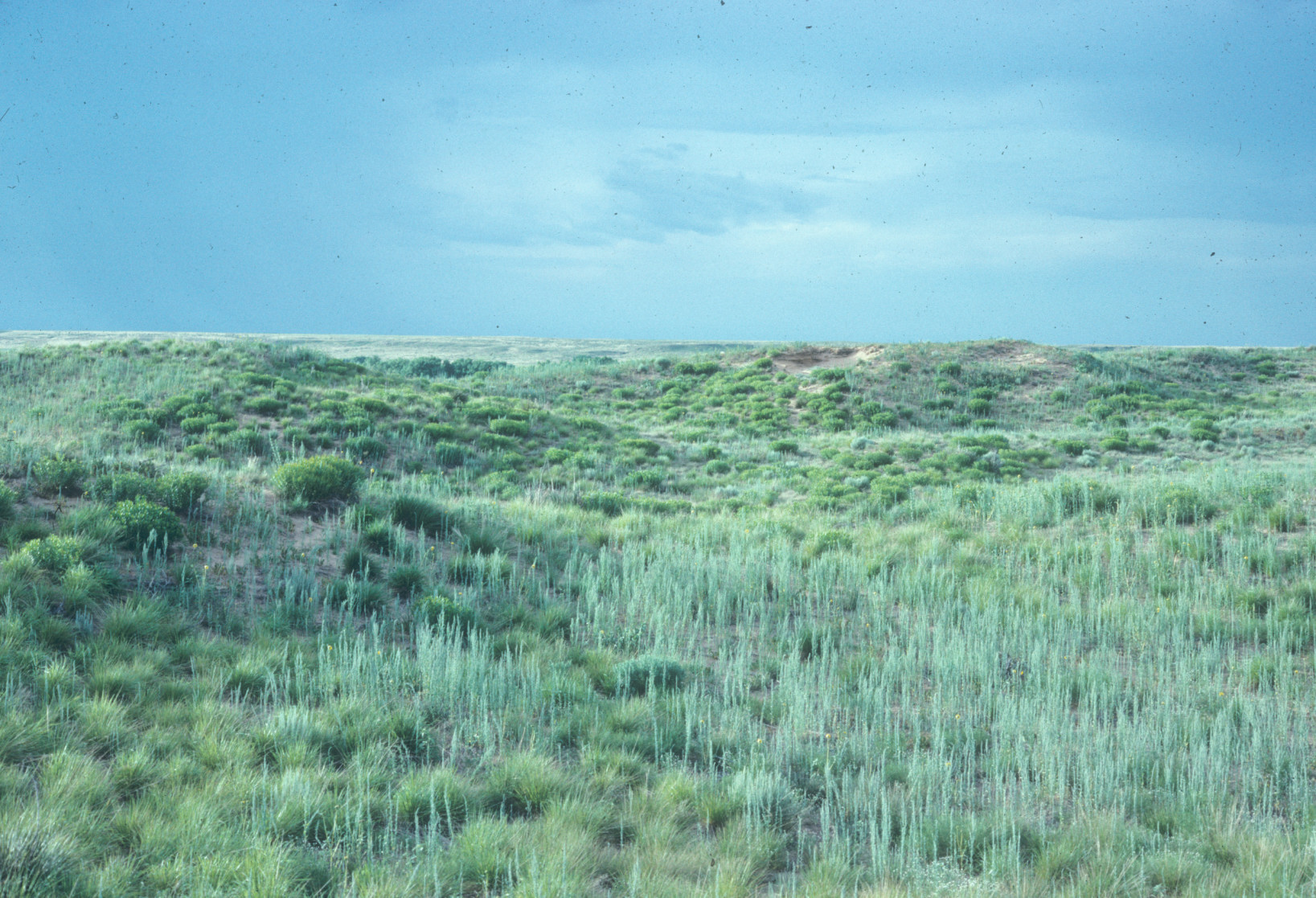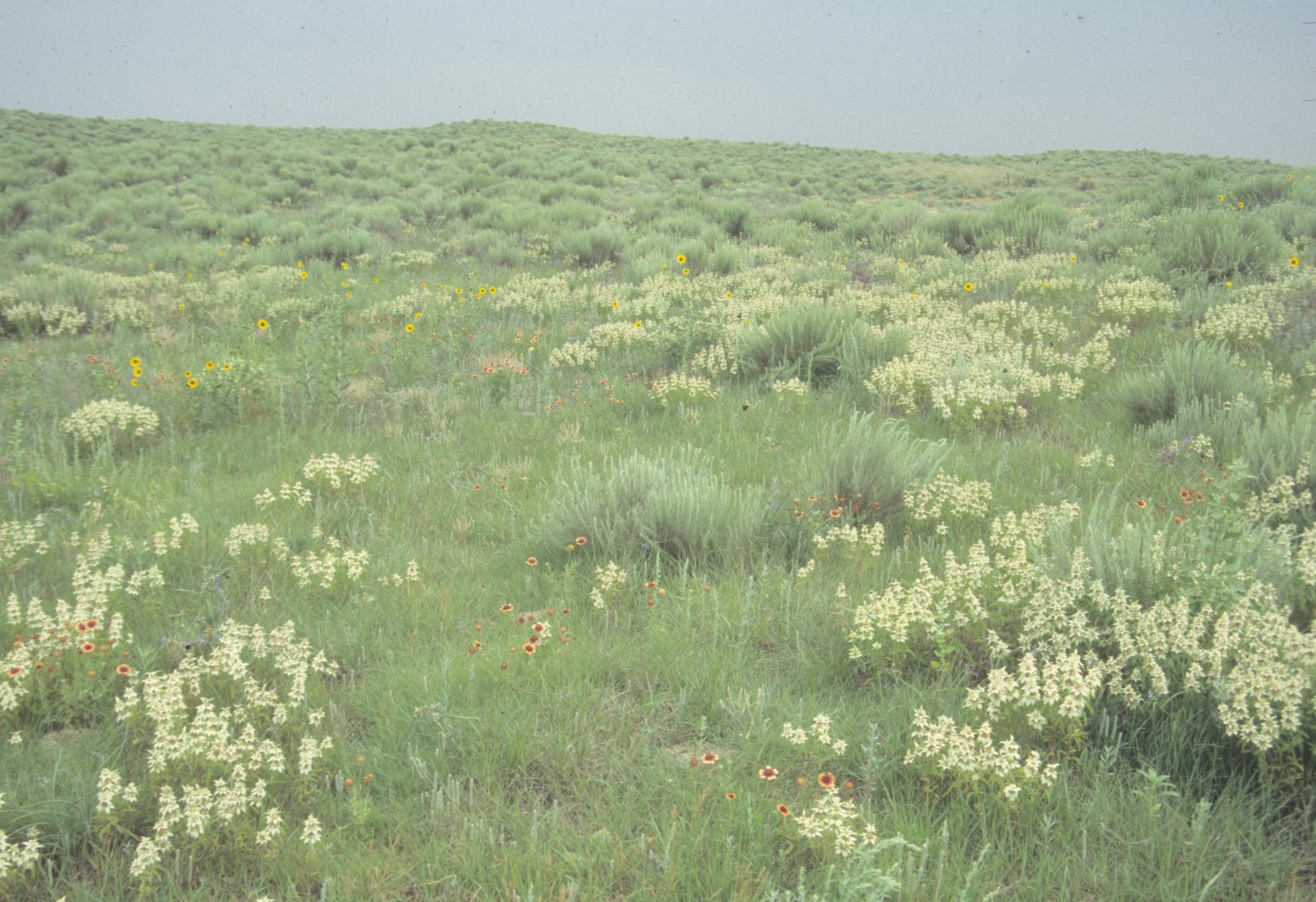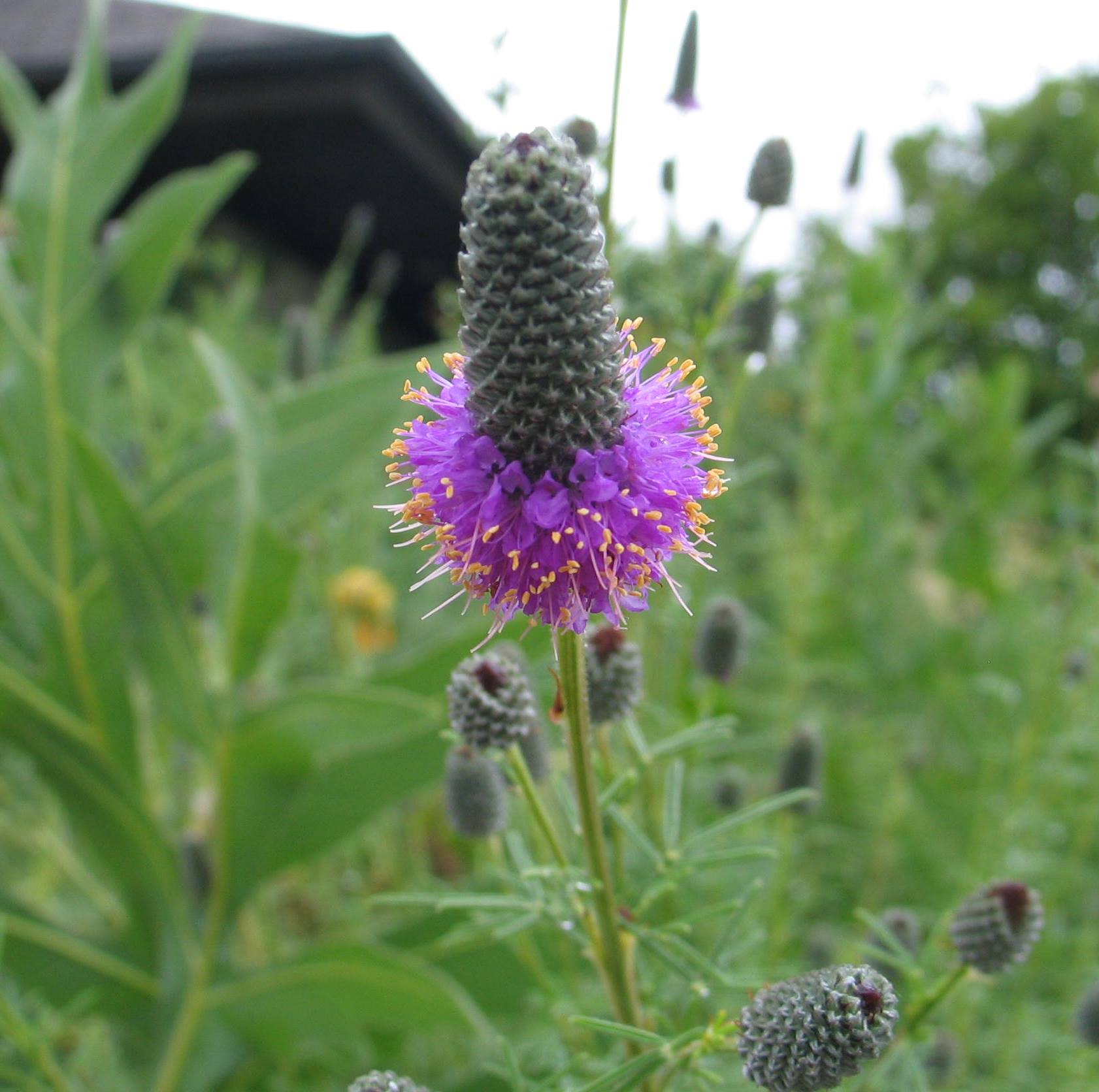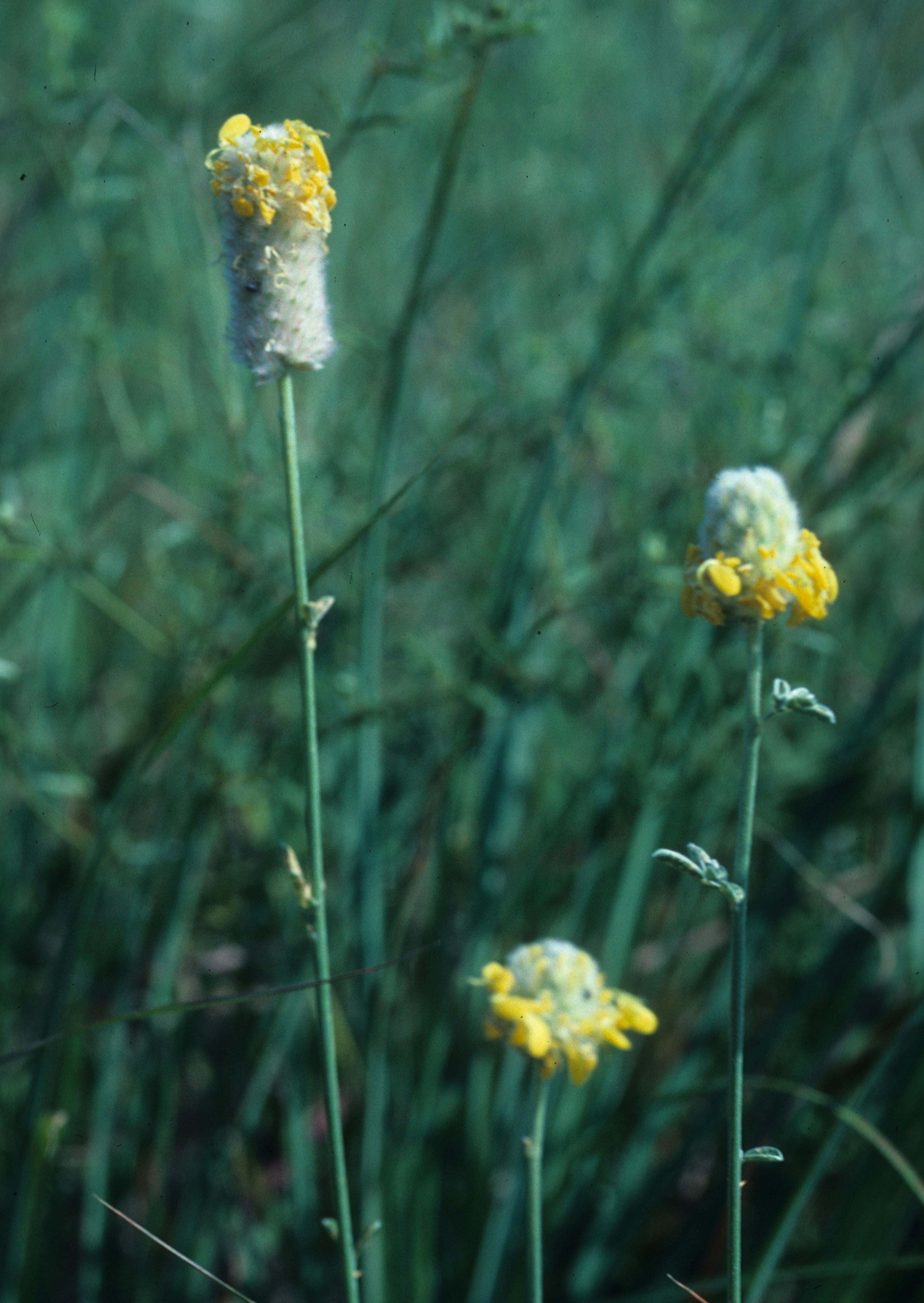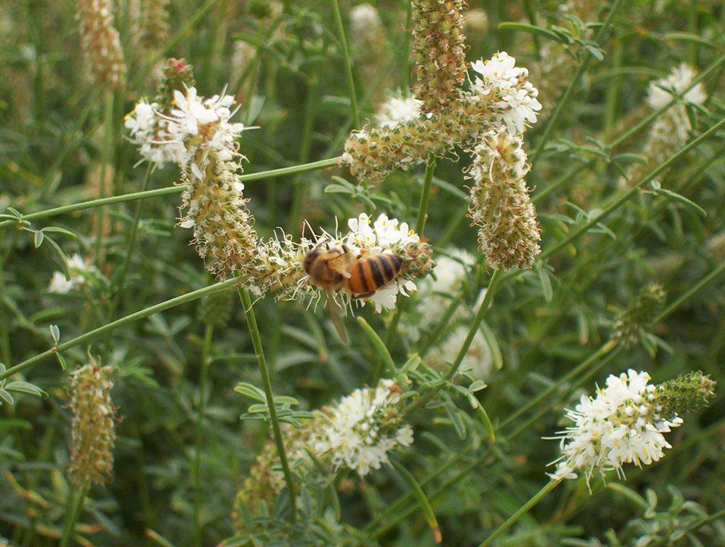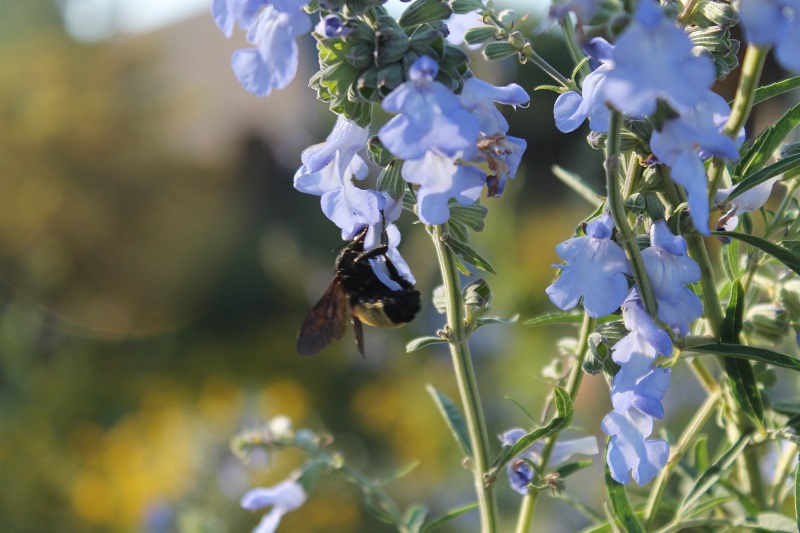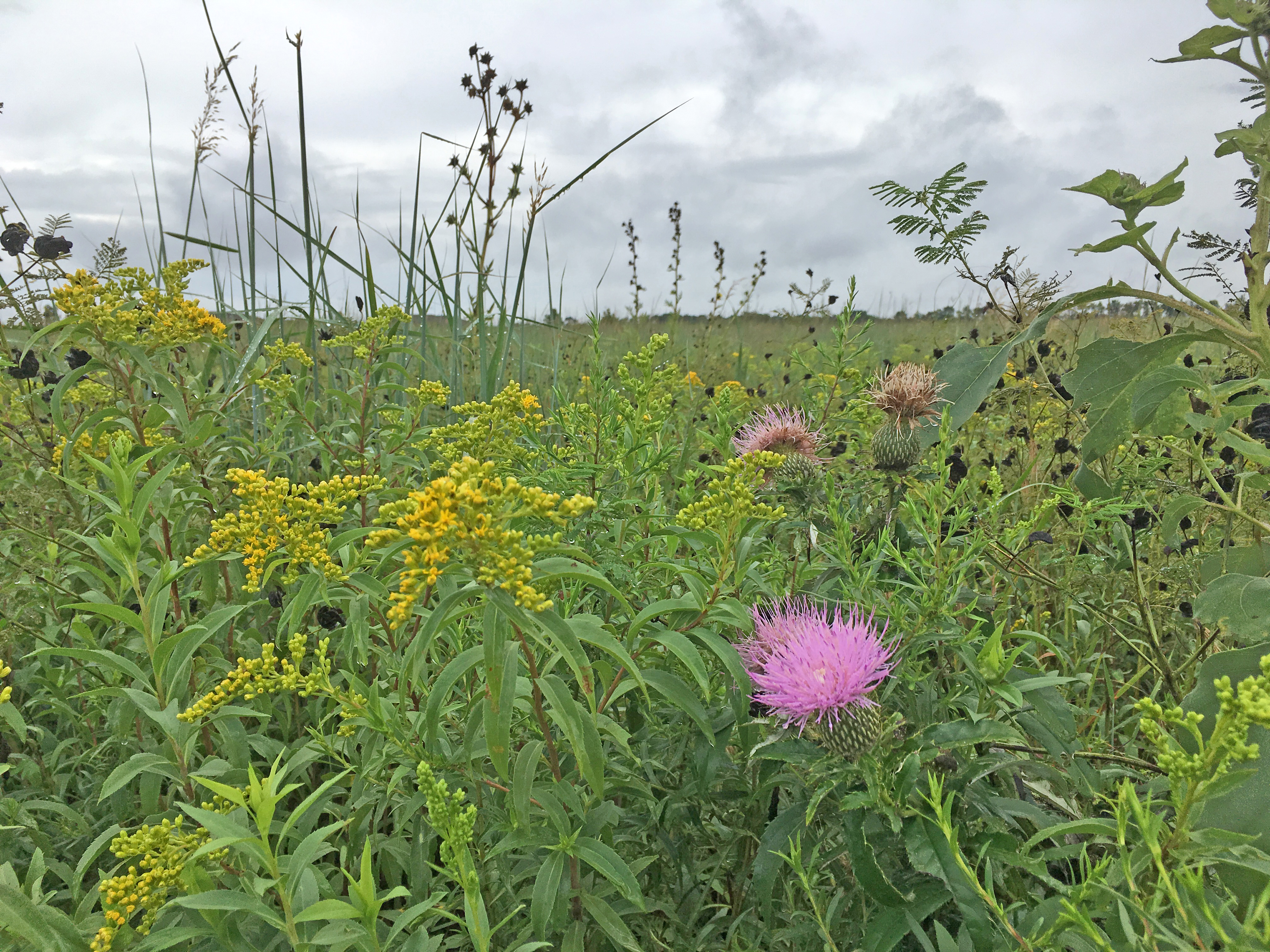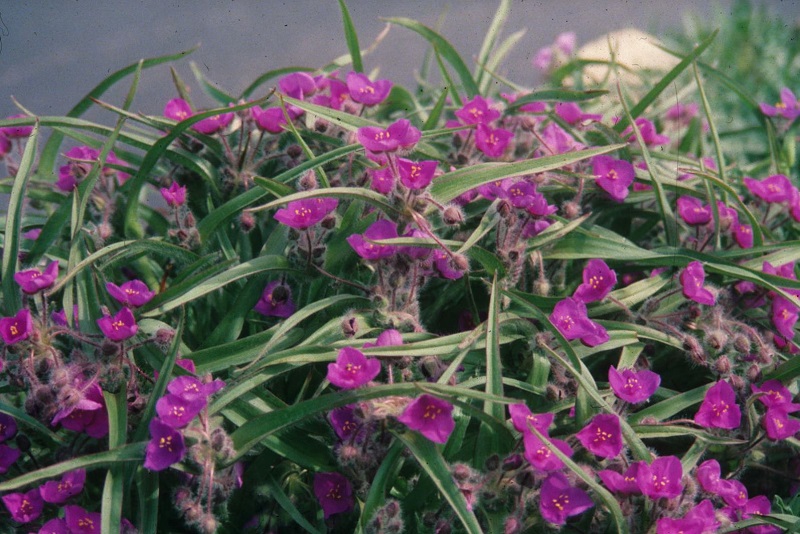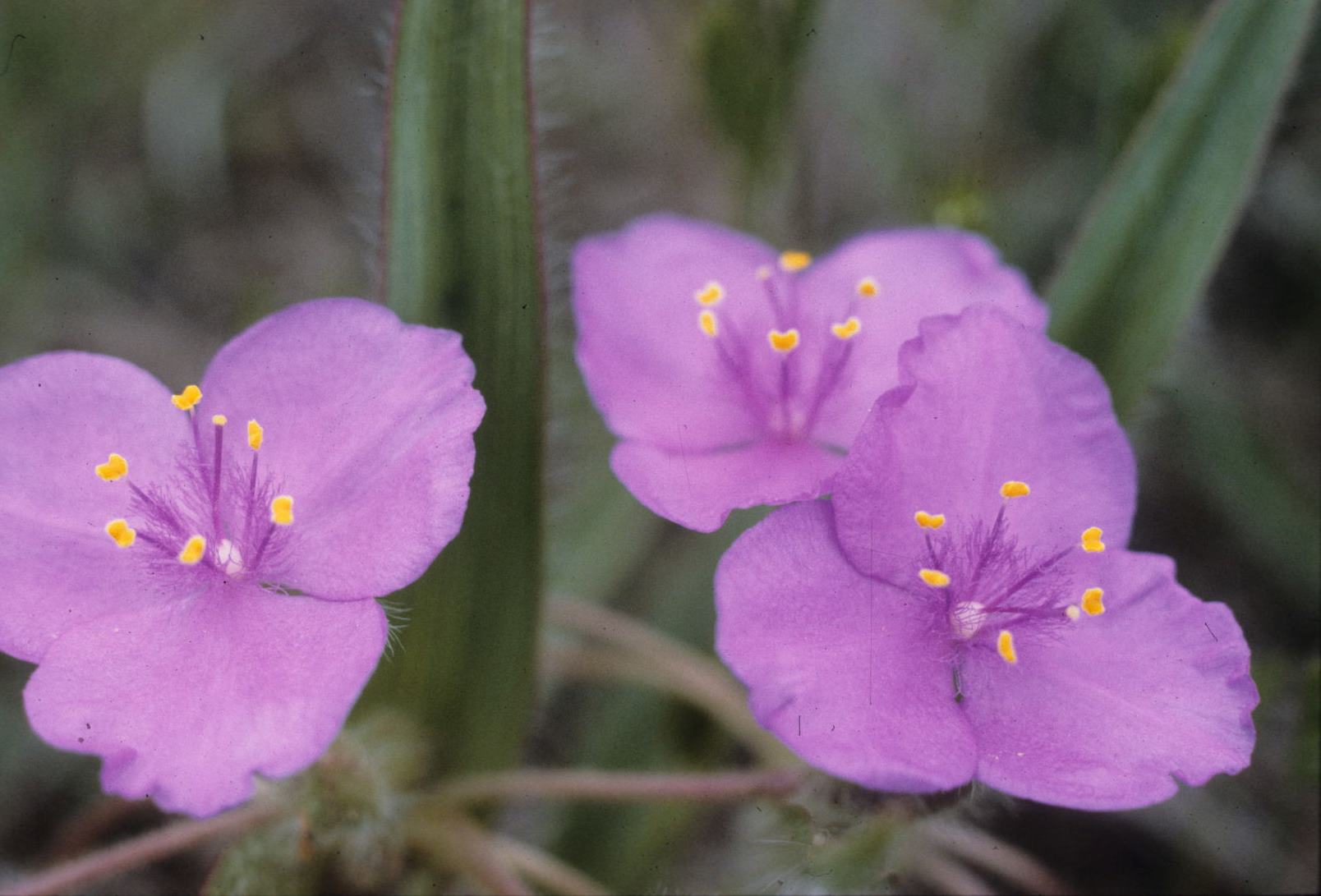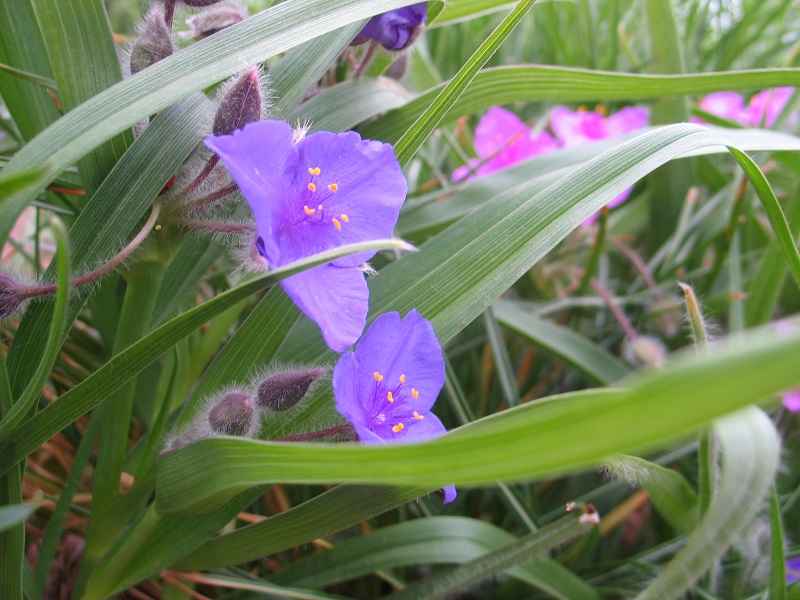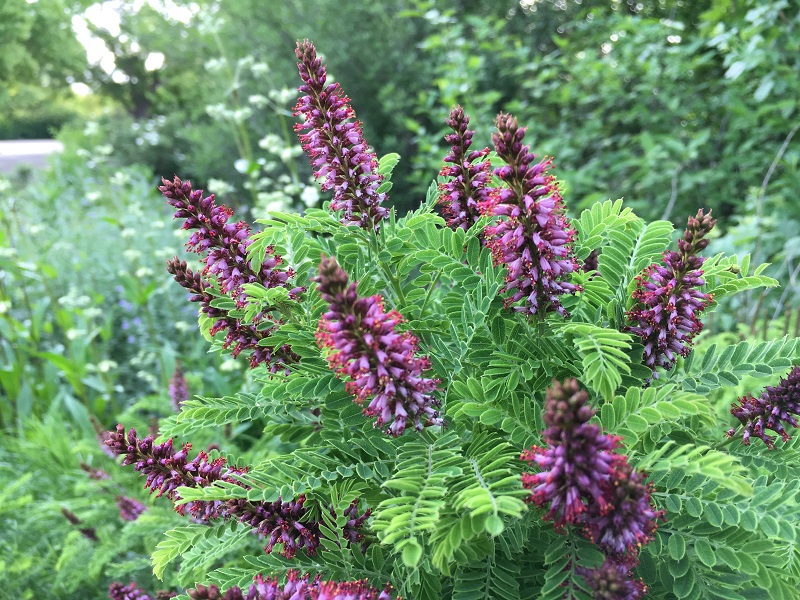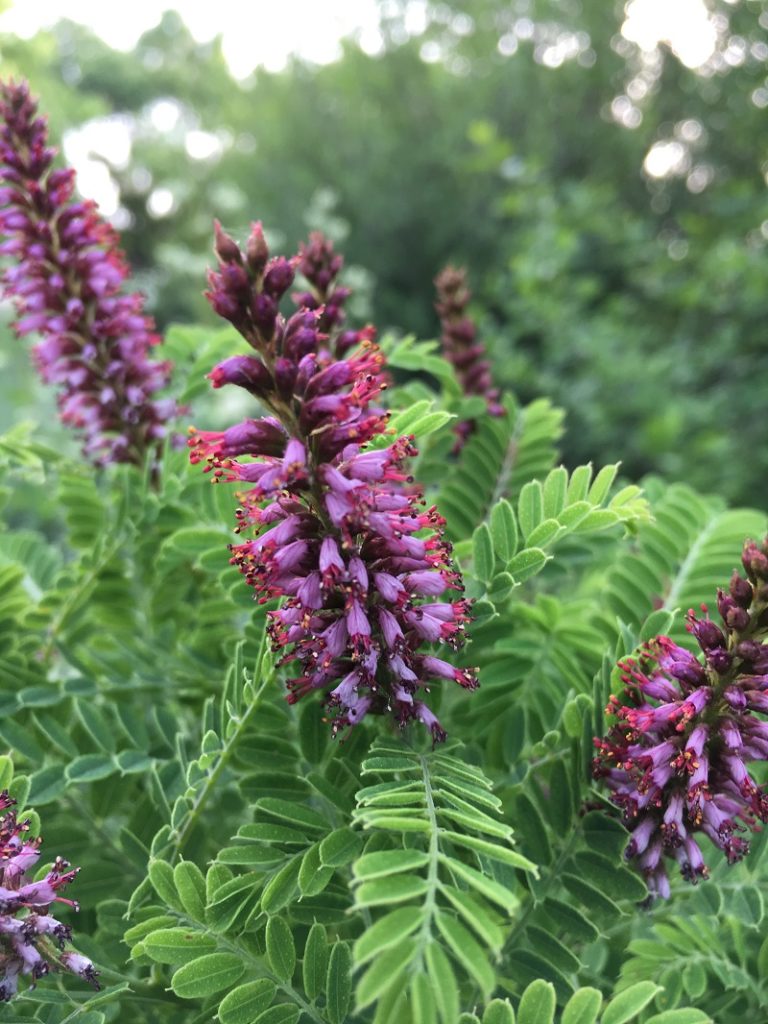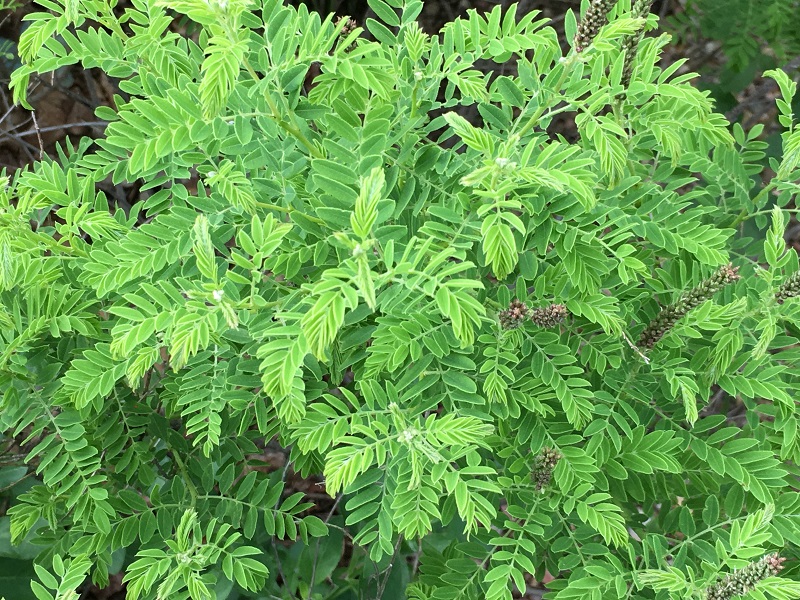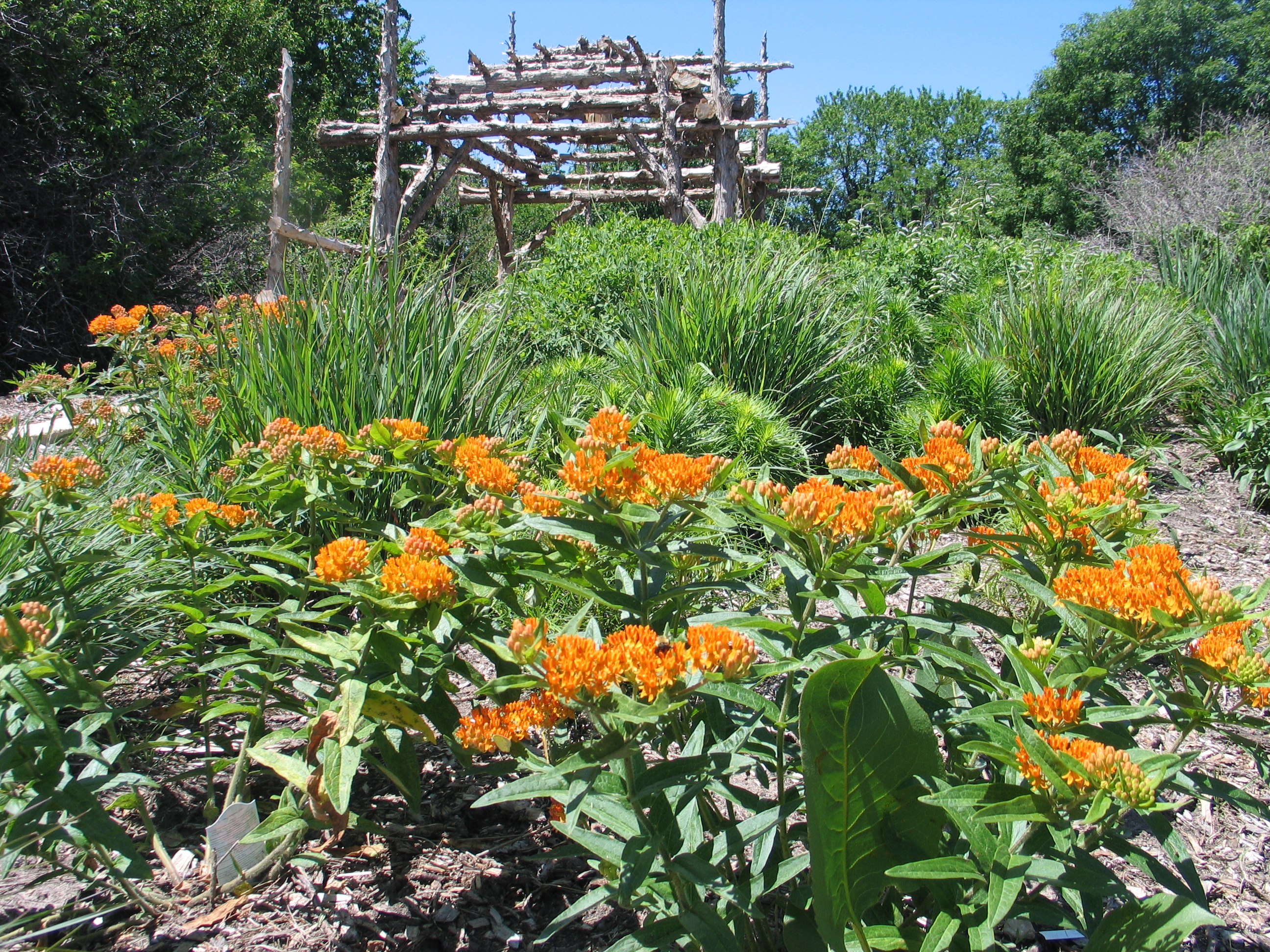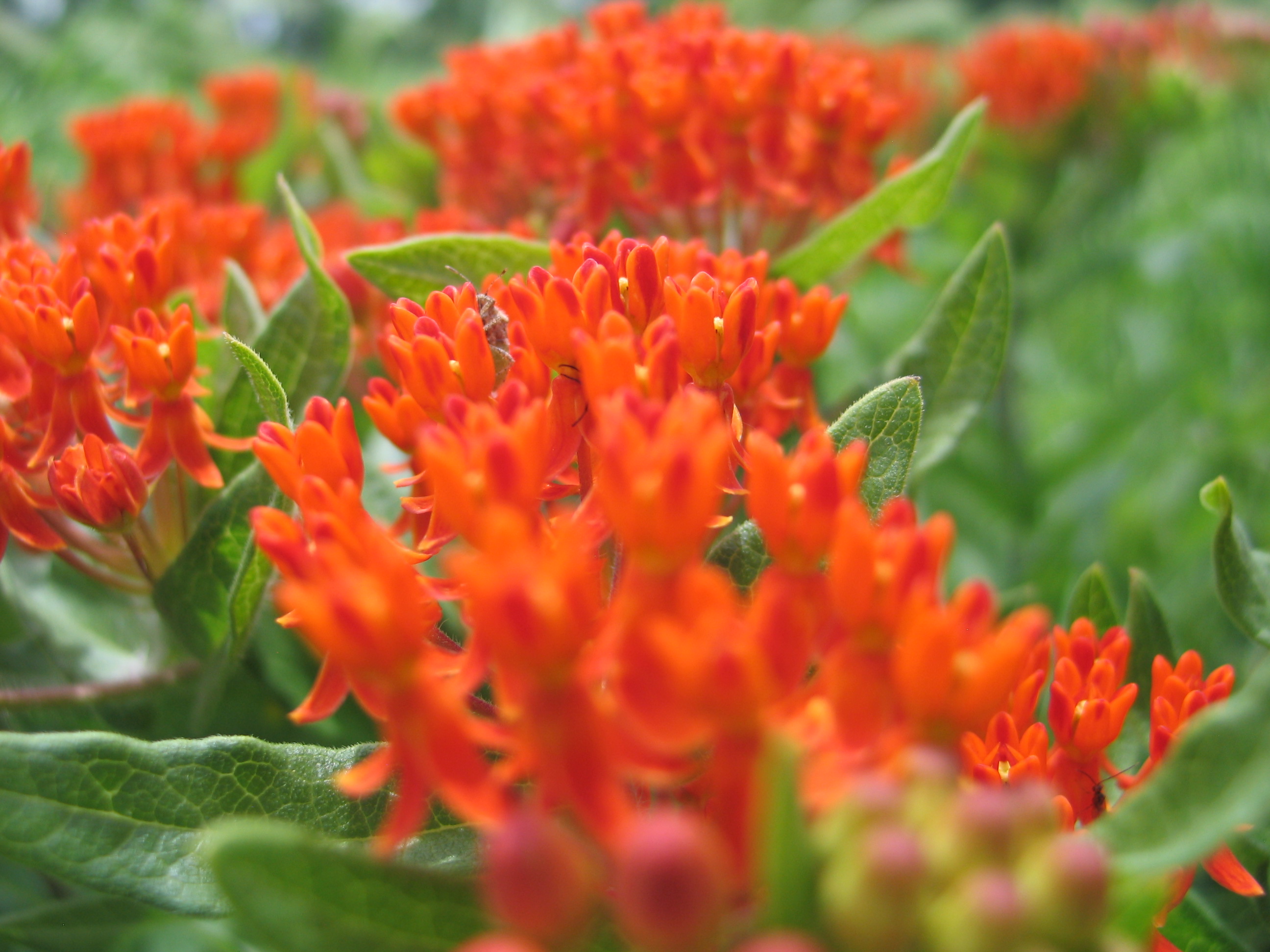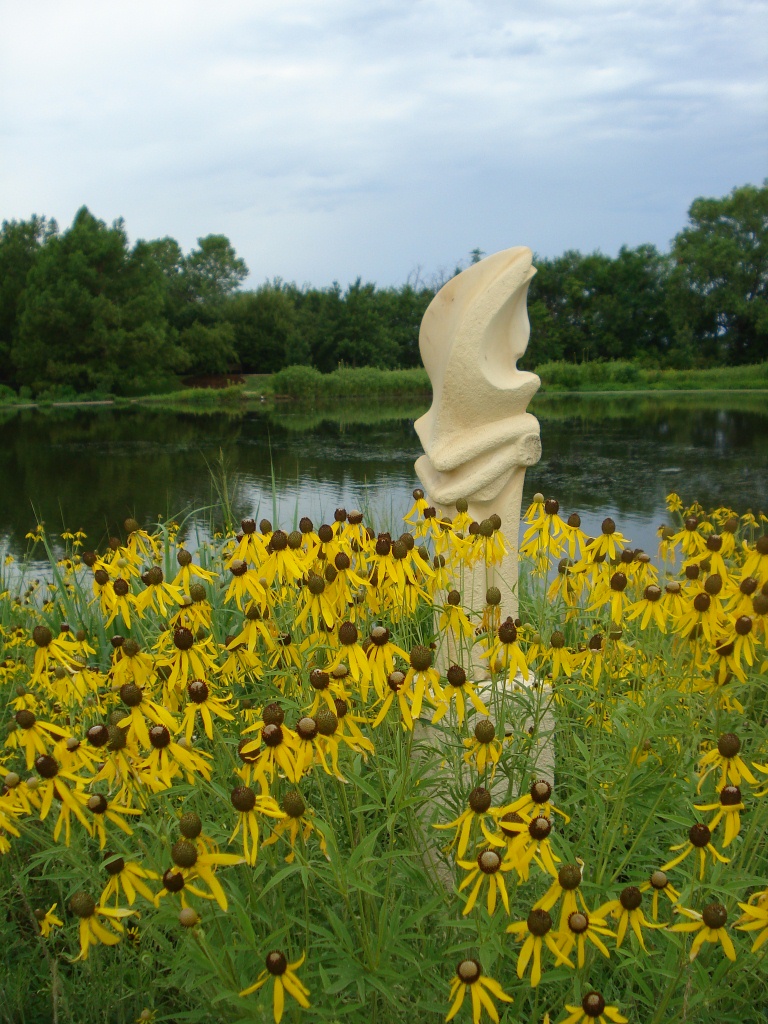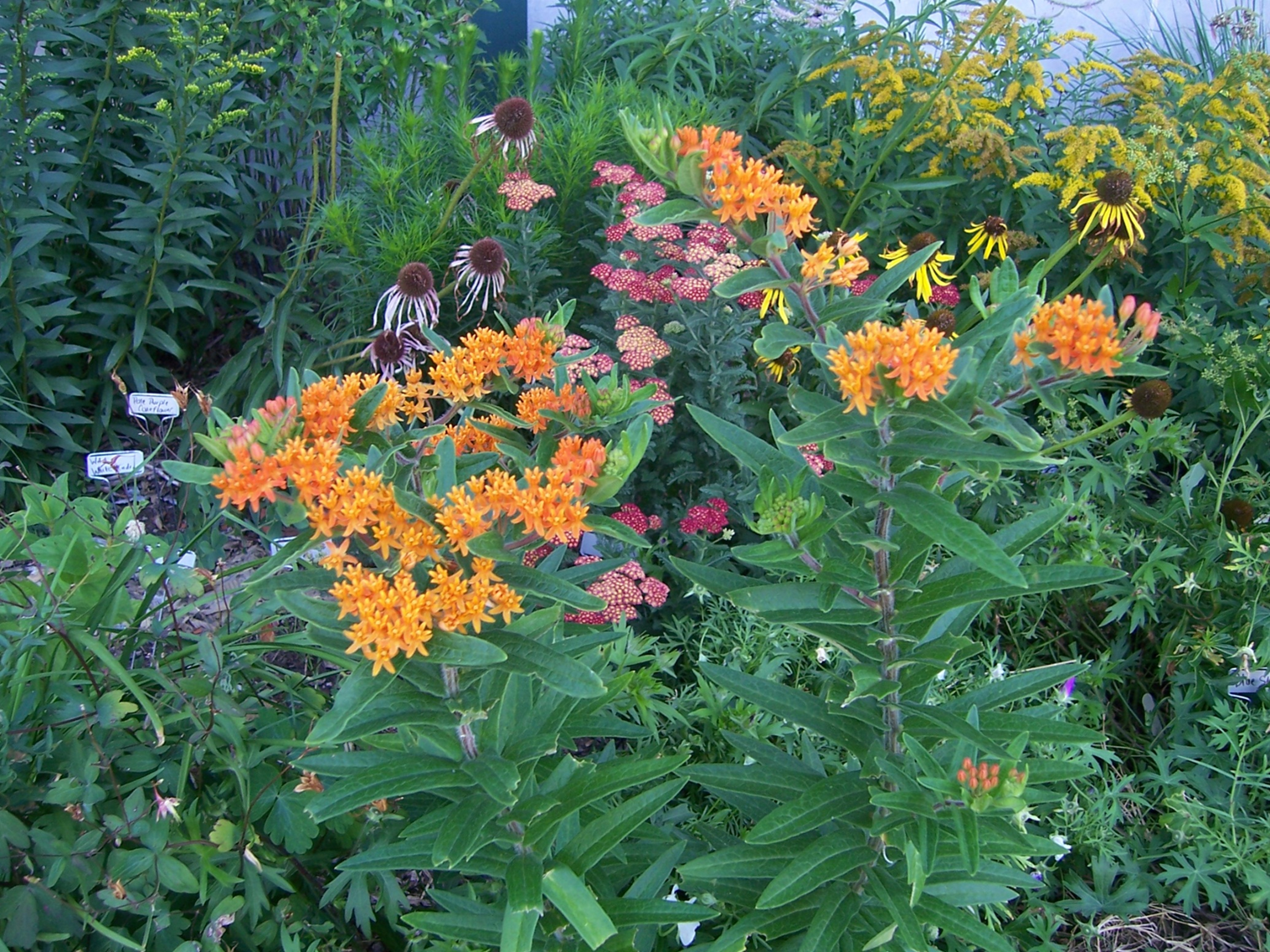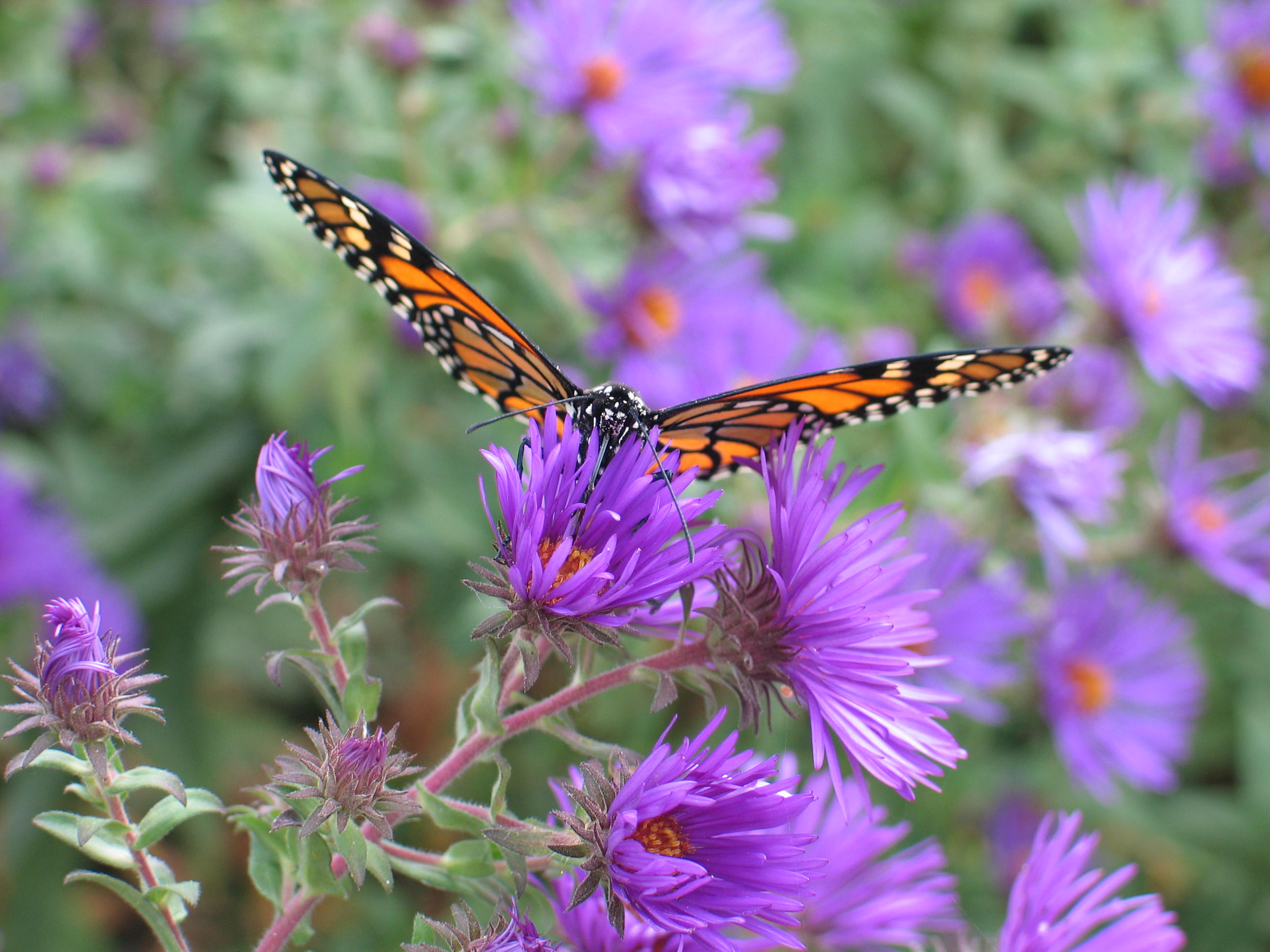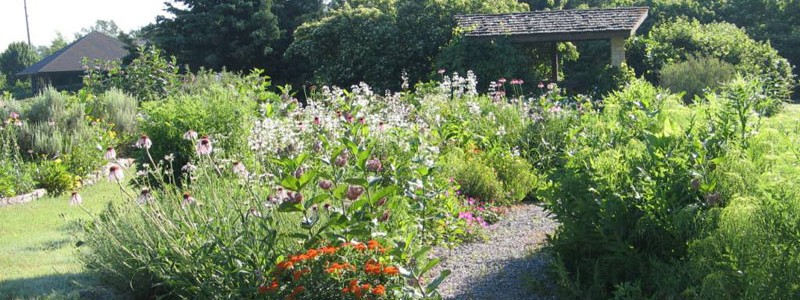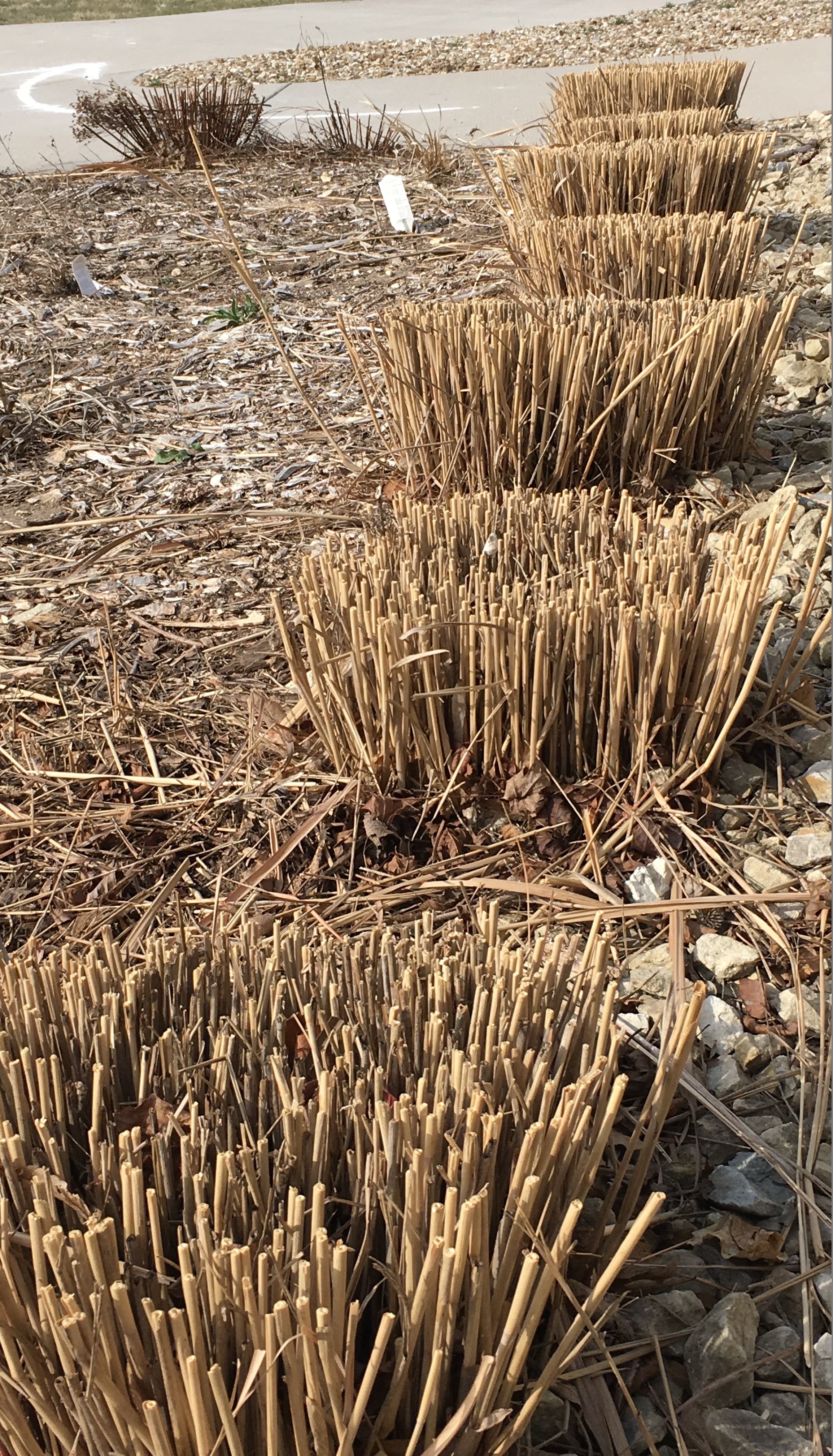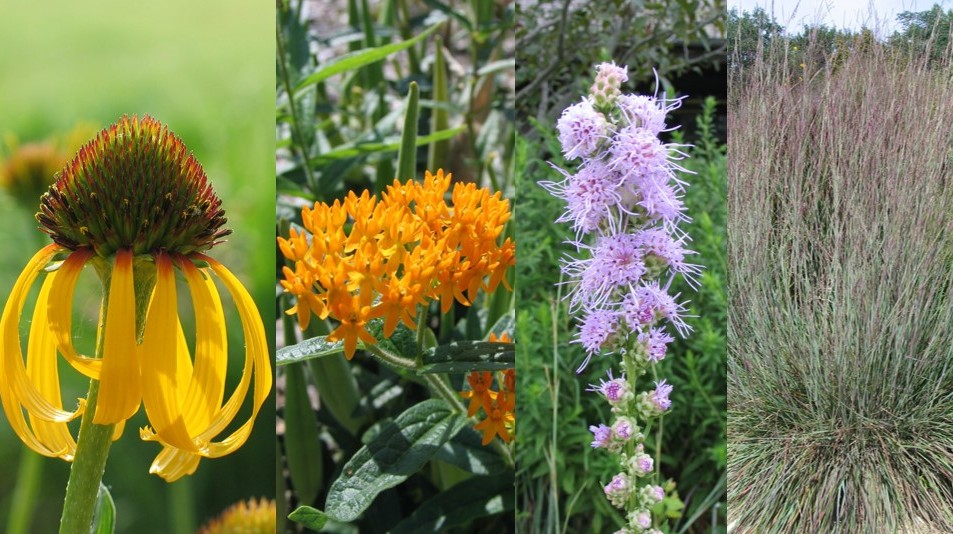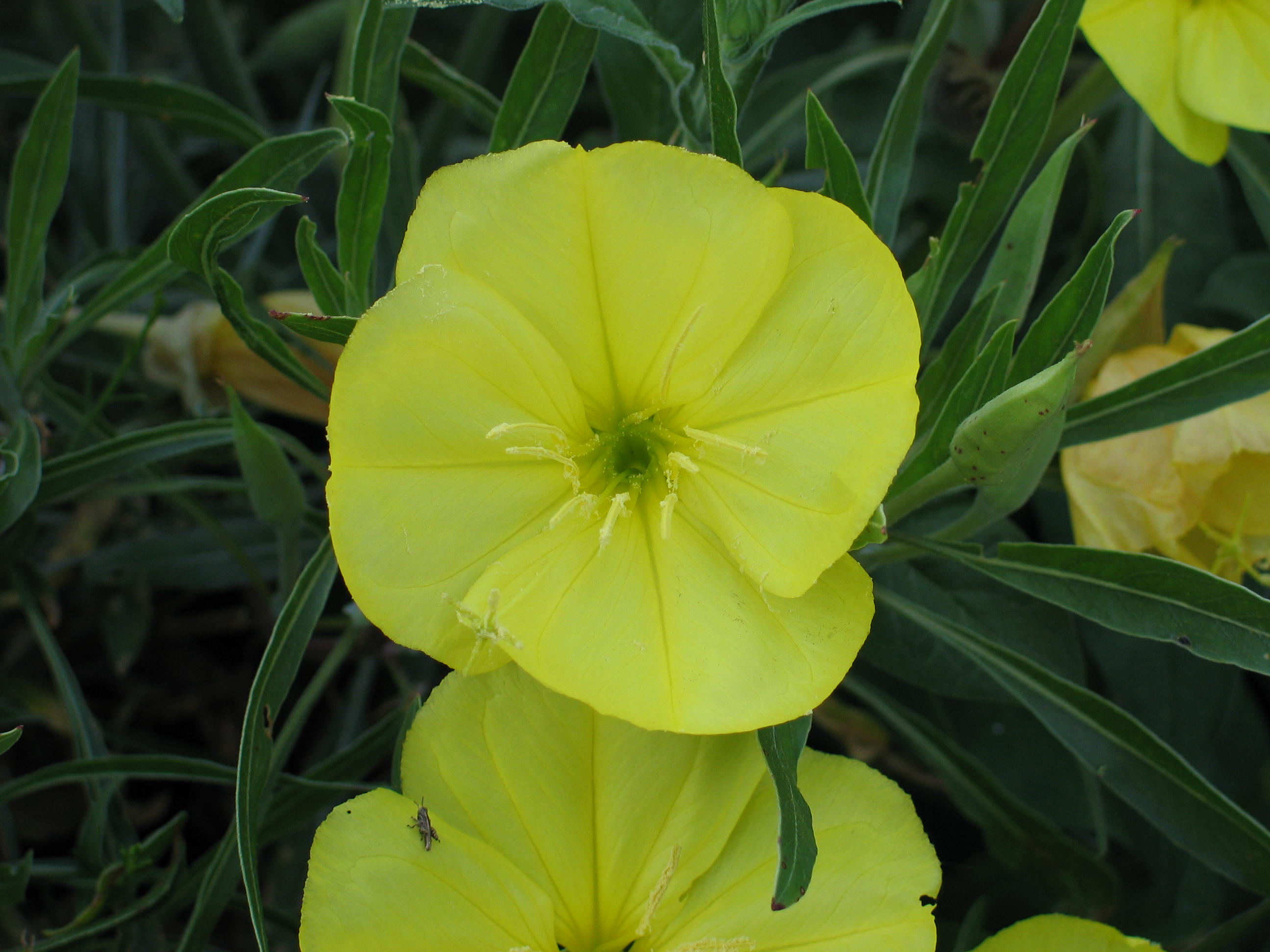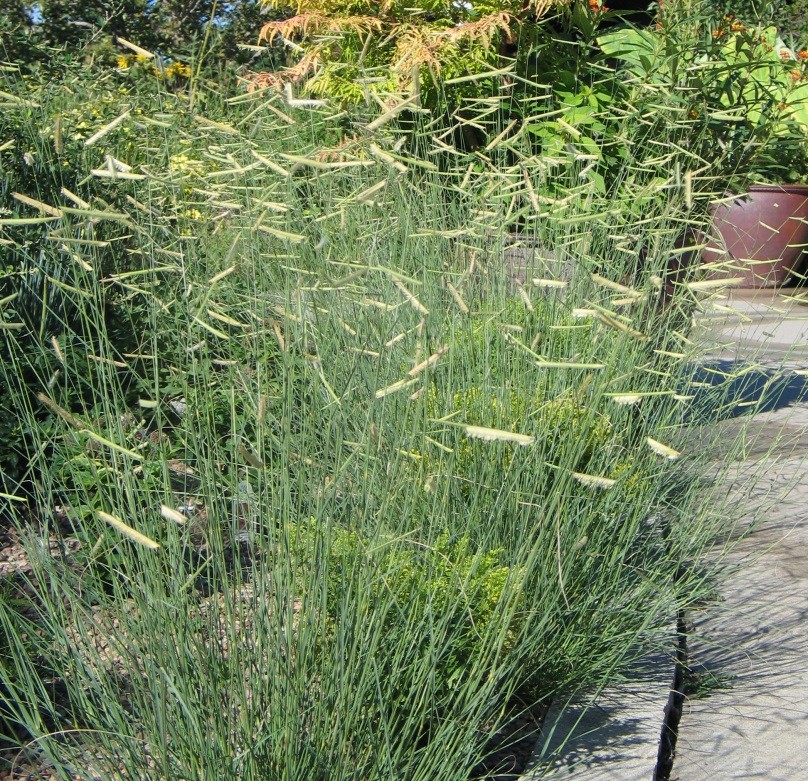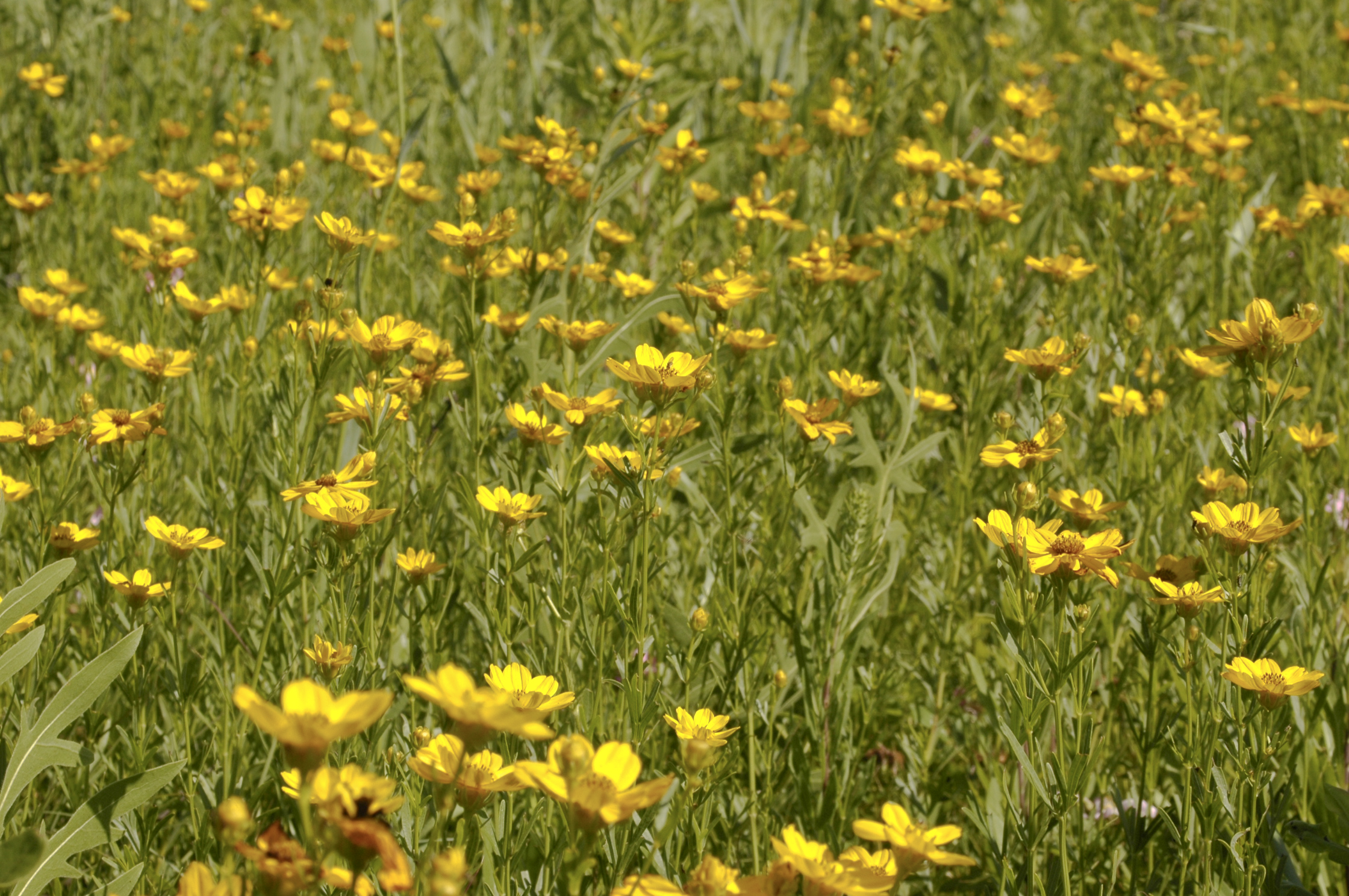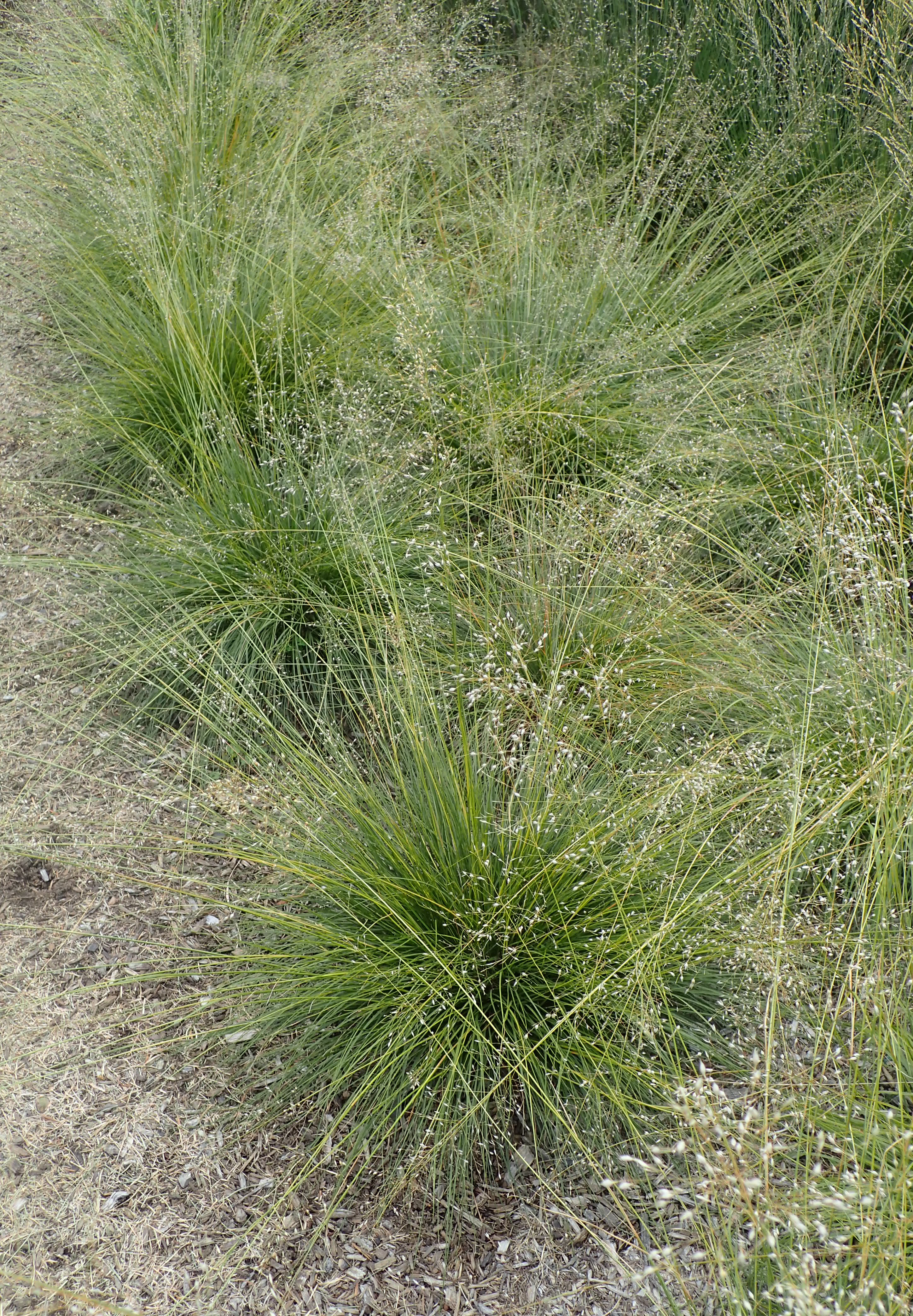Last week, I was visiting with someone about pollinators or the lack thereof. It seems that we had an initial flush of monarchs and other beneficial insects earlier this spring, but since then many of the pollinators have become scarce. There are beautiful wildflowers in bloom but very little insect activity. We have all seen the dramatic statistics tracking the plight of pollinators and their losses, so what is happening?
That is a difficult question, because there are often a combination of factors that are associated with the demise of many of the pollinators we take for granted. Pollinators have been impacted by habitat loss, pesticides, pathogens, mites, invasive species of plants, parasites and an erratic climate. Different species are affected by different forces, but overall the result is the same, fewer pollinators.
So what can we do to help pollinators? Here is a list of ways that any gardener can have an impact.
Plant Pollinator-Friendly Plants
Certainly, milkweeds are the best wildflowers for attracting monarchs to your yard. We have seen this throughout the Arboretum as caterpillars munch on the milkweed leaves. Other blooming wildflowers offer their nectar to a host of insects. The wildflowers are the buffet. I like to have members of the aster family such as coneflowers, asters, goldenrods, blackeyed susans and blazing stars. (Peruse our native plant list and sample landscape designs for some inspiration.)
Plant for All Life Stages
We recommend planting wildflowers that bloom at different times of the year. A mixture of wildflowers coming into bloom and going out of bloom throughout the year provides a ready food source for adults and their larvae. This approach mimics the natural prairie and the changing seasons. Maybe plant some dill or Zizia sp. for the swallowtail butterfly caterpillars.
Provide Habitat
When you design your landscape, remember to layer trees and shrubs along with wildflowers and grasses. These plants provide shelter from the wind along with nesting sites and food for birds, butterflies and bees. This created habitat is a safe environment for pollinators to find all they need including food, shelter and water. Even a small garden can have a tremendous impact.
Provide Water
We all need water for survival. Pollinators need it too. A clean source of water such as a birdbath, basin, or hollow stone is enough water for pollinators. These features also provide landing spots so that pollinators have a perch. Here are some great plants to complement your water feature.
Reduce Chemicals
There is growing research on the detrimental effects chemicals have on pollinators. Any time we can reduce or eliminate the use of chemicals in the landscape, we are impacting wildlife in a positive way. Allow insects to control unwanted pests. Be willing to accept a few damaged plants, knowing that by not spraying you are saving much more in the long run.
Learn About the Plight of Endangered Pollinators
There is so much to learn about each type of pollinator. When are they out in the garden? What do they need to complete their lifecycle? Where do they migrate or how do they overwinter? We have so much to learn about these important insects. (One good resource for this is this book, by Heather Holm, which we often carry in our gift shop. Check out MonarchWatch.org or the Xerces Society for Invertebrate Conservation for great resources.)
Pollinators live perilous lives. Their very existence hangs by a thread. We need them for the food we eat. Plants need pollinators for their survival. So much depends on these tiny little insects. As gardeners, we can support the life cycles of pollinators by including a wide variety of plants in our landscapes. Native wildflowers are the best option to help them prosper. They need our help and you can be part of the solution. You will be amazed at how many pollinators you will see when you introduce just a handful of wildflowers to your landscape.

